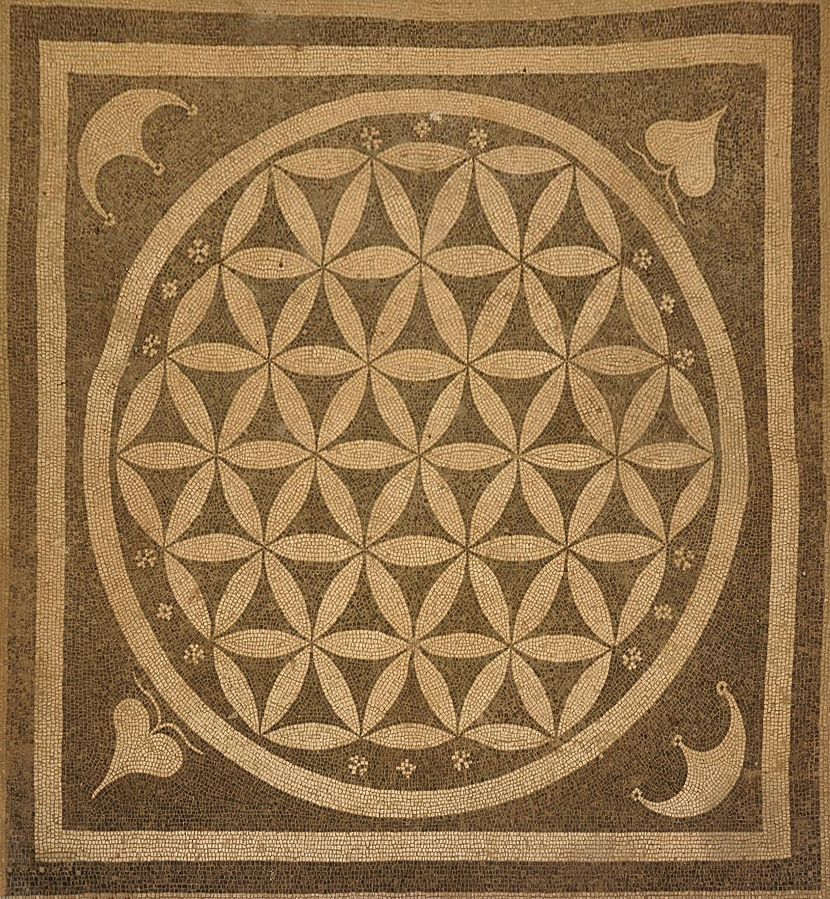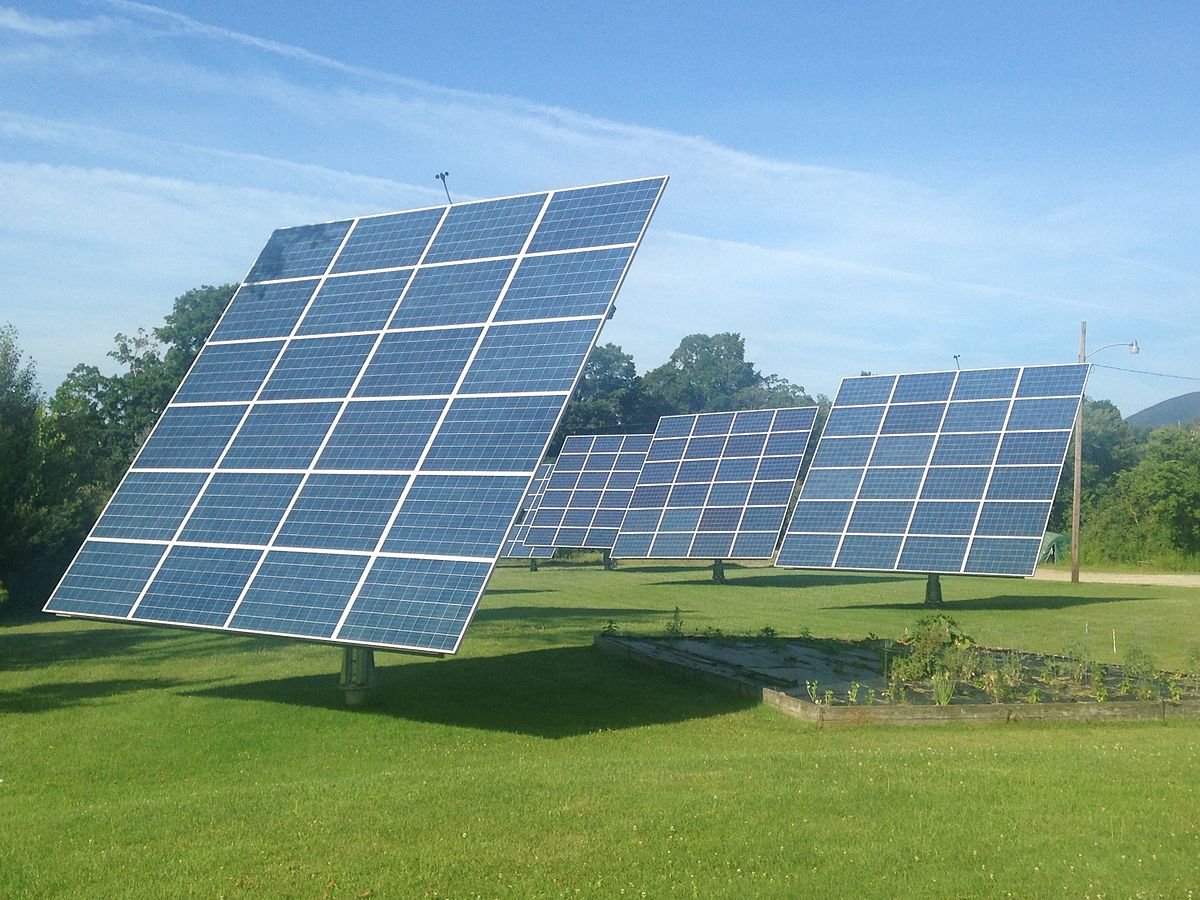2.8 Equal Groups
Unit Goals
- Students work with equal groups of objects to gain foundations for multiplication.
Section A Goals
- Determine whether a group of objects (up to 20) has an odd or even number of members.
- Write an equation to express an even number as a sum of two equal addends.
Section B Goals
- Find the total number of objects arranged in rectangular arrays with up to 5 rows and up to 5 columns using addition.
- Partition rectangles into rows and columns of equal-size squares, and count to find the total number of squares.
- Represent the total number of objects in an array as a sum of equal addends.
Section A: Odd and Even
Problem 1
Pre-unit
Practicing Standards: K.CC.B.5
How many dots do you see?
Solution
For access, consult one of our IM Certified Partners.
Problem 2
Pre-unit
Practicing Standards: 1.OA.D.7
Select 3 correct equations.
Solution
For access, consult one of our IM Certified Partners.
Problem 3
Pre-unit
Practicing Standards: 1.OA.A.2
Here are some pattern blocks.

How many corners are there all together on the pattern blocks? Explain or show your reasoning.
Solution
For access, consult one of our IM Certified Partners.
Problem 4
- Noah and Lin have 13 crayons. Can they share all of the crayons equally with no leftovers? Explain or show your reasoning.
- Noah and Lin have 16 colored pencils. Can they share all of the colored pencils equally with no leftovers? Explain or show your reasoning.
Solution
For access, consult one of our IM Certified Partners.
Problem 5
Mai is planning a dance and wants everyone to dance in pairs. For each number of students, decide whether everyone can dance in pairs with no one left out. Explain or show your reasoning.
- 14
- 17
- 18
Solution
For access, consult one of our IM Certified Partners.
Problem 6
For each image, decide whether the number of dots is even or odd. Explain or show your reasoning.
Solution
For access, consult one of our IM Certified Partners.
Problem 7
Can each number be written as a sum of two equal addends? Explain or show your reasoning.
- 12
- 15
- 18
Solution
For access, consult one of our IM Certified Partners.
Problem 8
Decide if each expression represents an even number or an odd number. Explain or show your reasoning.
-
\(5 + 5\)
-
\(6 + 6 + 1\)
-
\(10 + 10\)
Solution
For access, consult one of our IM Certified Partners.
Problem 9
Exploration
This classical design is called the “flower of life.”

It is made of shapes that look like this:

- Is the number of these shapes in the design even or odd? Explain or show your reasoning.
- How many of the shapes are there in the design? Explain or show your reasoning.
Solution
For access, consult one of our IM Certified Partners.
Problem 10
Exploration
What are some things in the classroom that you know there are an even number of without counting them? Explain your reasoning.
Solution
For access, consult one of our IM Certified Partners.
Section B: Rectangular Arrays
Problem 1
- How many counters are in each row?
- How many rows are there?
- How many counters are there in all?

Solution
For access, consult one of our IM Certified Partners.
Problem 2
-
Clare described an array that she built with 16 counters. “It has only 2 columns and it's really tall.”
How many counters are in each of Clare's columns?
-
Build a different array using 16 counters. How would you describe your array?
Solution
For access, consult one of our IM Certified Partners.
Problem 3
-
Circle the 2 expressions that represent the array.
\(7 + 7 + 7 + 7 + 7 + 7 + 7\)
\(7 + 7\)
\(2 + 2 + 2 + 2 + 2 + 2 + 2\)
\(2 + 2\)
-
How many counters are there in the array?
Solution
For access, consult one of our IM Certified Partners.
Problem 4
-
Make an array with 15 counters.
-
Write 2 equations with equal addends to show how many counters there are.
Solution
For access, consult one of our IM Certified Partners.
Problem 5
-
Draw lines so the rectangle is completely partitioned into equal-size squares.
-
How many columns of squares are there?
How many squares are in each column?
-
How many rows of squares are there?
How many squares are in each row?
- Write 2 equations that represent the number of squares in the array.
Solution
For access, consult one of our IM Certified Partners.
Problem 6
-
Split the rectangle into equal-size squares.
- Write 2 equations that represent the number of squares in the array.
Solution
For access, consult one of our IM Certified Partners.
Problem 7
Exploration
This large solar panel collects energy from the sun. There are different arrays of equal-size rectangles in the panel.

- Describe some arrays of equal sized rectangles that you see in the panel. How many equal-size rectangles are there in each array?
- Write an equation for the number of equal-size rectangles in each array.
Solution
For access, consult one of our IM Certified Partners.
Problem 8
Exploration
- What are some things in the classroom or at home that come in arrays?
- Choose one of the arrays and find the number of rows, the number of columns, and the total number of objects.
Solution
For access, consult one of our IM Certified Partners.








